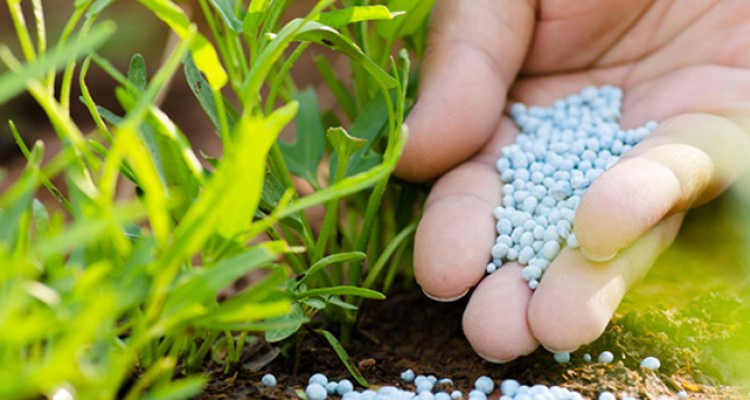
Project
Long-term chemical losses of phosphorus fertilizer
This topic aims to improve our understanding how long-term chemical losses of P fertilizer reduce the plant availability of phosphate.
Background
In soil phosphate is strongly sorbed to various soil components of with oxides are presumably the most important P sorbent. When phosphate fertilizer is applied, phosphate is initially sorbed by a fast sorption reaction to the external surface of oxide particles afterwards followed by a slow sorption reaction to the internal surface of the oxide particles resulting in stable sorbed P. Depending on the rate of sorption to the internal pool, fresh application of P fertilizer may result in a relatively high loading of the external sorbed pool.
In more heavily fertilized soils in Western Europe, phosphate fertilization is sometimes withheld, which is called P mining, to reduce the total phosphate loading of soil. However pot trials suggest that for such situations phosphate uptake is limited by the desorption rate from the internal sorbed pool to the soil solution. Meaning that the plant availability of phosphate from historically fertilized P is lower than expected based on the total P loading. To what degree this occurs under field conditions where P input and output is much smaller compared to pot experiments is not yet clear. Under field condition, an equilibrium may set between P in solution <> external sorbed P <> internal sorbed P. However this requires more study. A good understanding of the slow reaction of phosphate to the internal surface of oxides is very important to both assess the plant availability of freshly applied P fertilizer and historically applied P fertilizer.
To study this, you have access to a unique soil sample dataset which originates from a long-term phosphate field fertilization experiment. In this field experiment two different sections are present. For one part phosphate has been yearly surplus applied for 30 to 50 years in varying rates. For the other part, phosphate has been surplus applied for 25 years but fertilization is withheld for the last 25 years. This provides the unique opportunity to compare soil samples with similar soil properties and a similar total P loading for which one received P fertilizer very recently and the other no P fertilizer for a long time. These samples provide a unique change to study whether the ratio of external sorbed P versus internal sorbed P differs between soils with recent P application and soils with no recent P application while the total sorbed P content is similar.
To determine the amount of external sorbed P versus the internal sorbed P, you will make use of a non destructive P desorption technique by desorbing P from soil with dialysis bags filled with a strong P sorbent. With this technique it is possible to distinguish between phosphate which is quickly desorbed to the soil solution and phosphate that desorbs only slowly to the soil solution since its release is limited by diffusion out the oxide particles. This technique is relatively complex and therefore different more commonly used soil P extractions may be tested to find out if specific wet chemical extractions can also provide a good estimation of the labile pool as measured by the desorption technique.
Interested in this topic? Please contact Hendrik Holwerda (hendrik.holwerda@wur.nl)
Used skills
- Literature research
- Lab skills (including development of experiment)
- Data processing and analysis
- Scientific writing and reporting
- Presentation skills
Requirements
- 12 credits of SOC/SBL-courses. Including one from the following courses: SBL-21806 Soil Quality, SOC-21306 Soil Pollution and Soil Protection, SOC-40806 Field Training Soil-Vegetation-Atmosphere Interactions, and SOC-33806 Environmental Analytical Techniques.
- And in addition one from the following courses: SBL-35306 The Soil Carbon Dilemma, SOC-36306 Biogeochemical Cycles and Climate Change Mitigation, and SOC-34806 Applications in Soil and Water Chemistry.